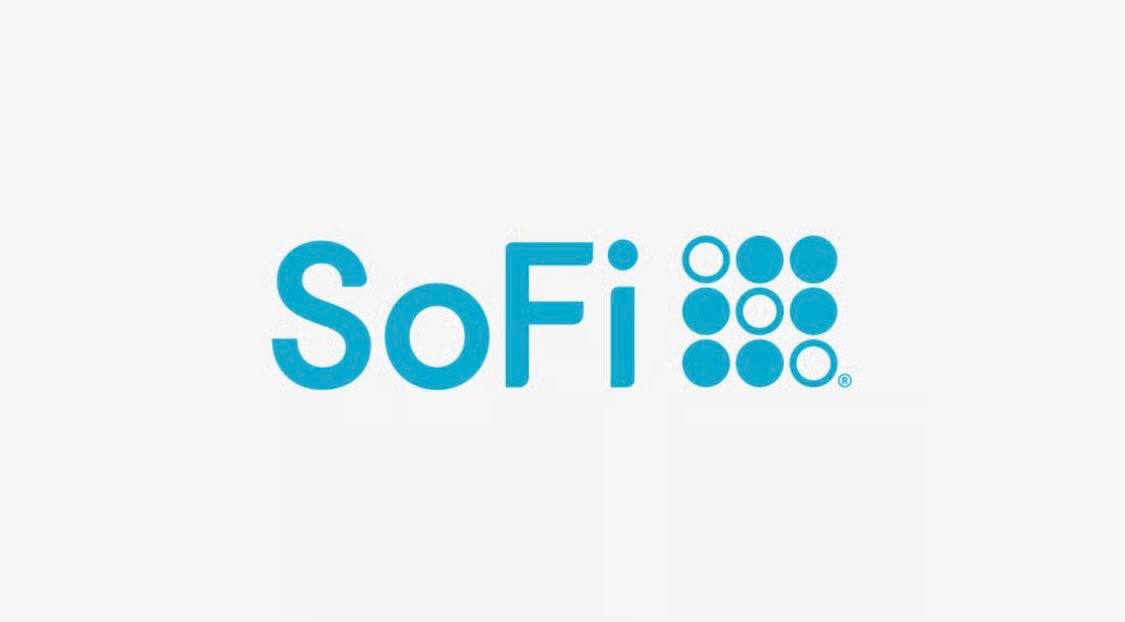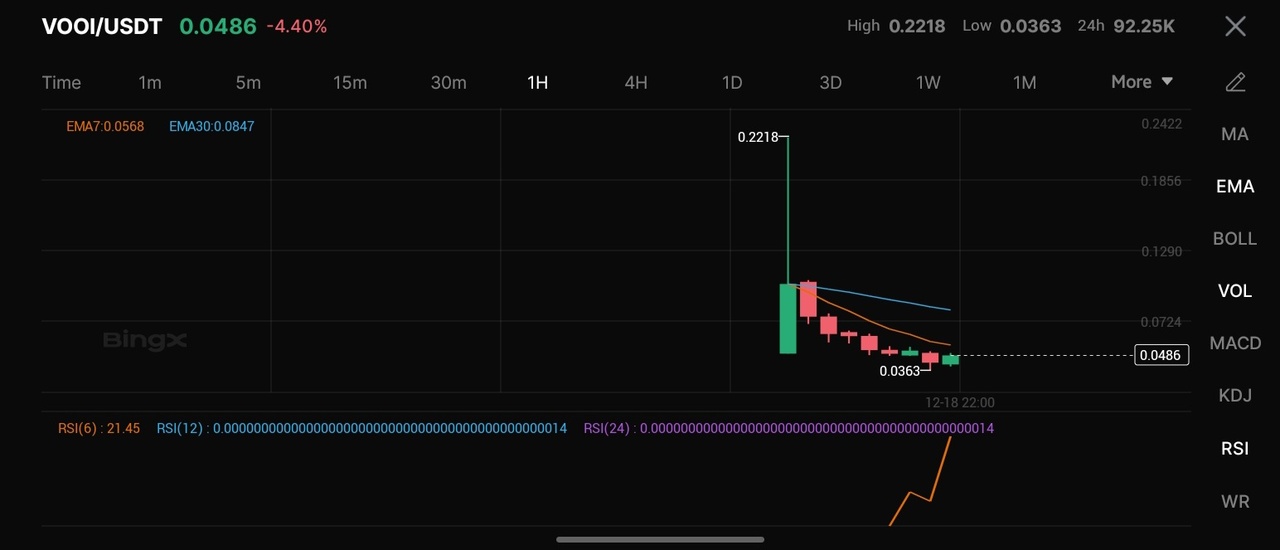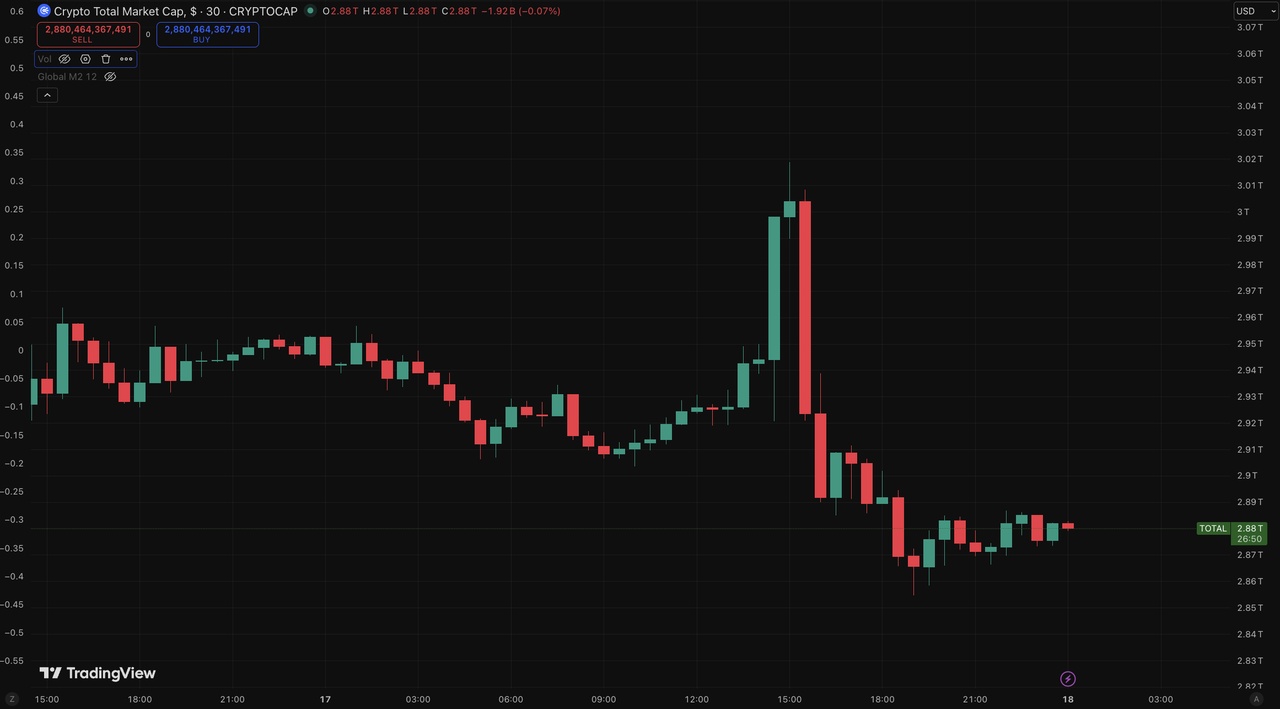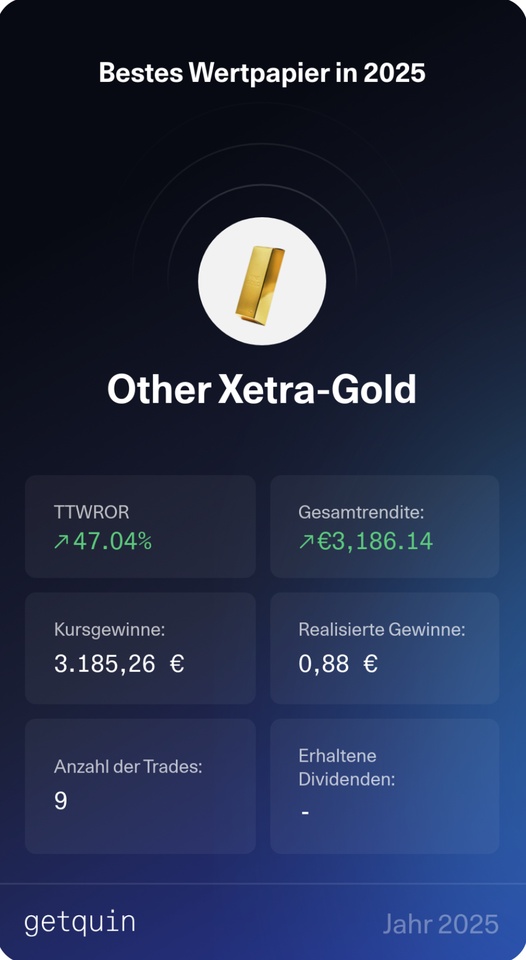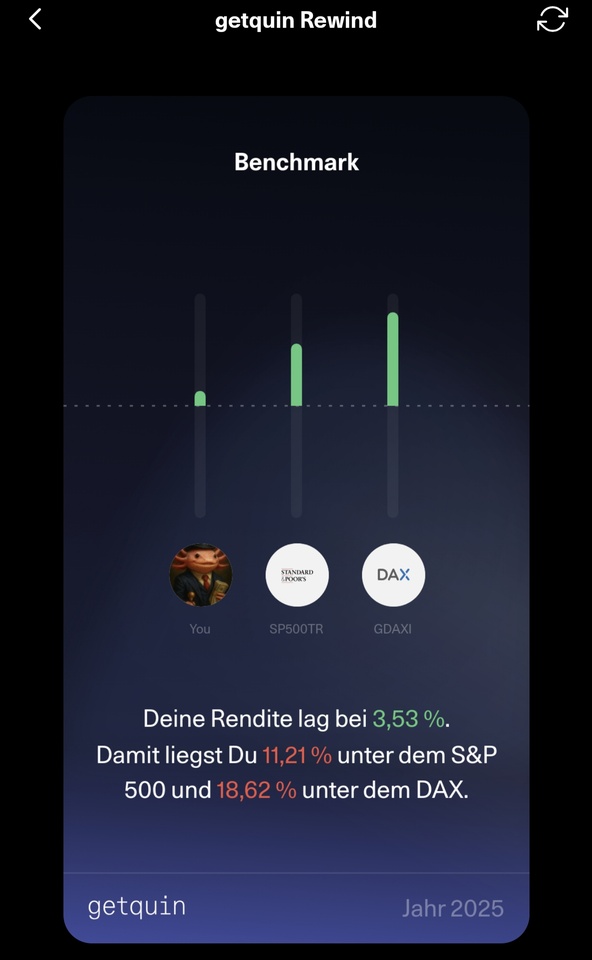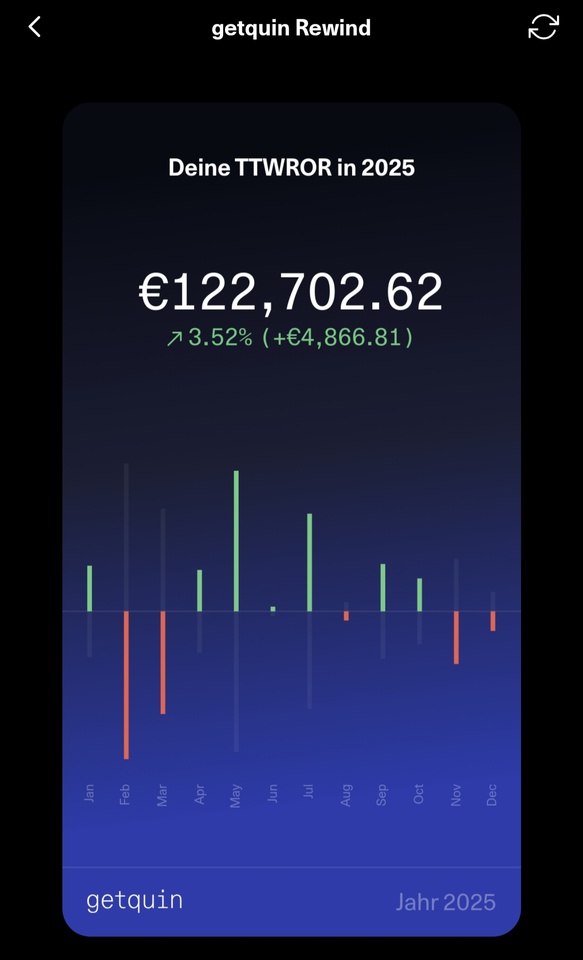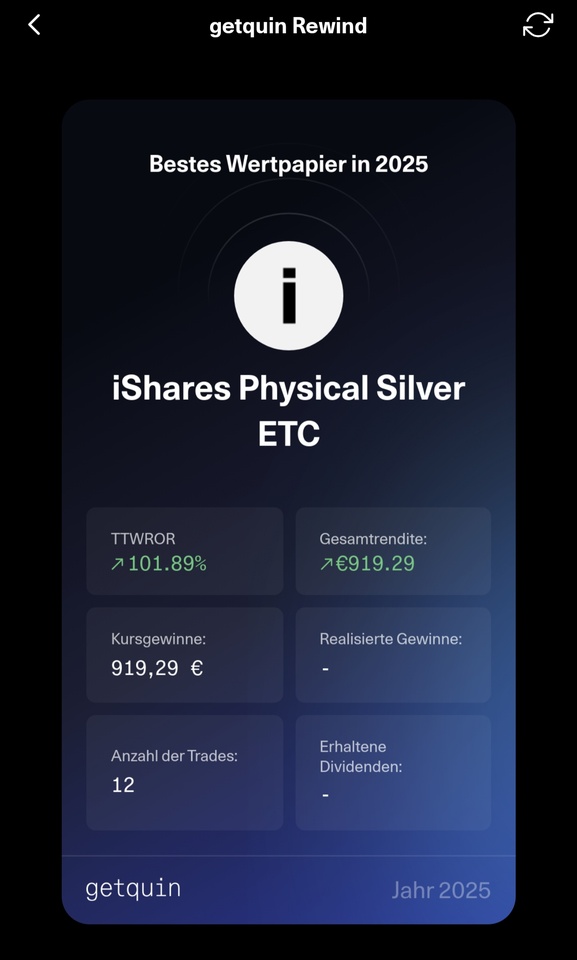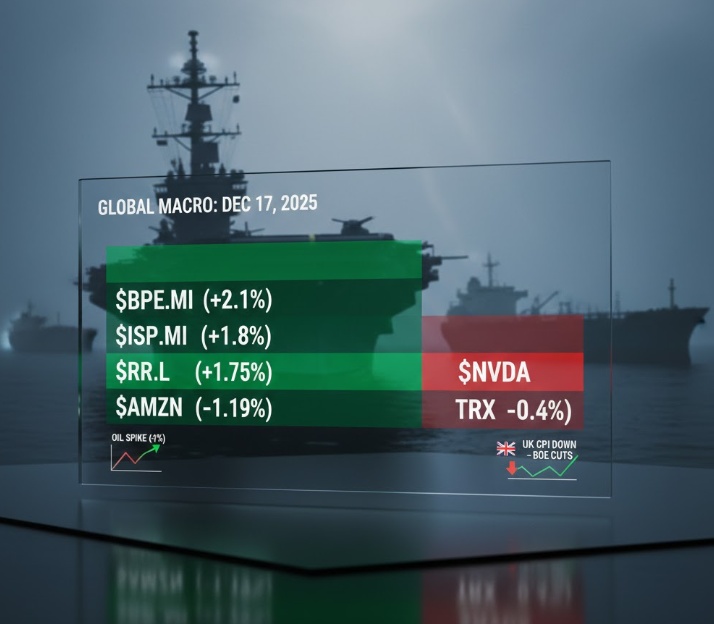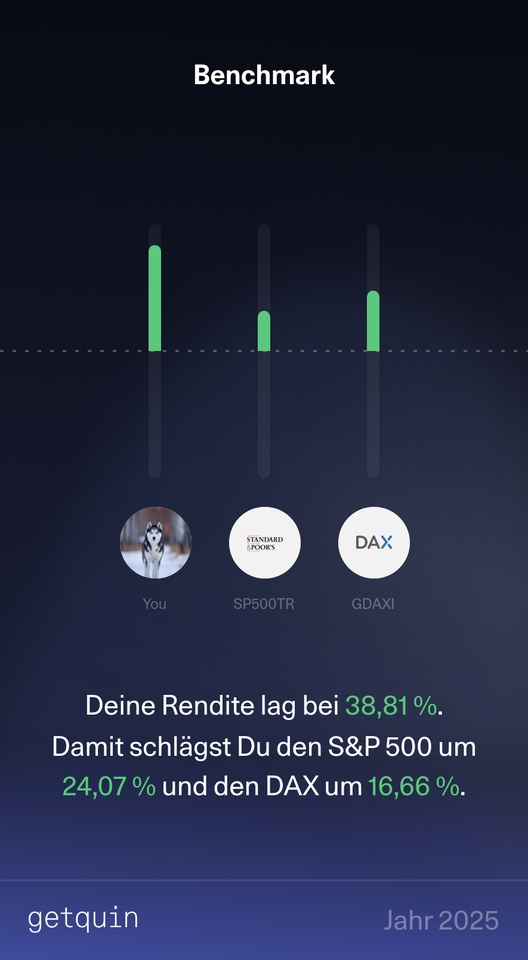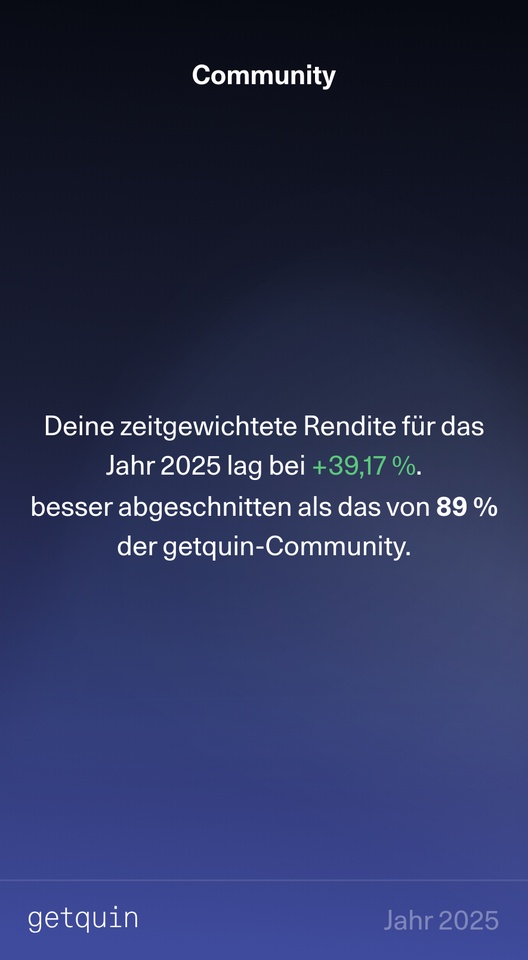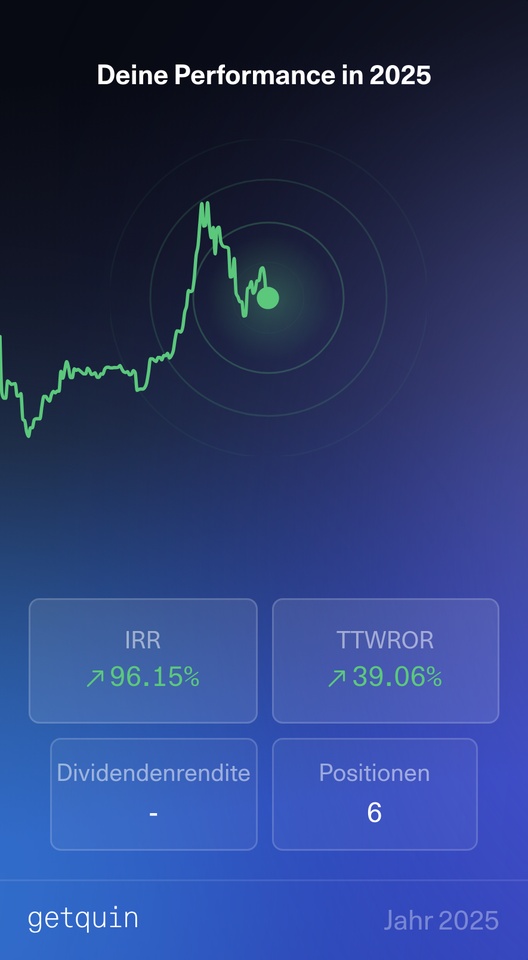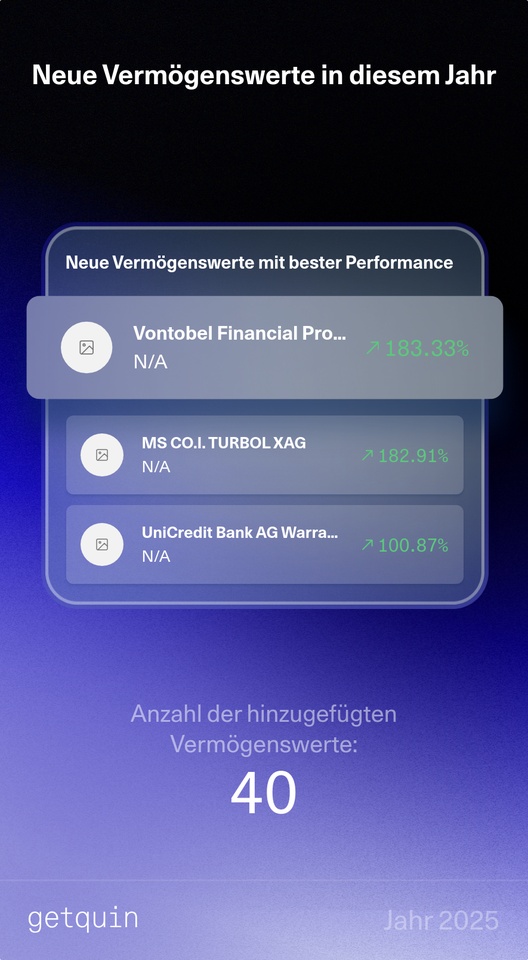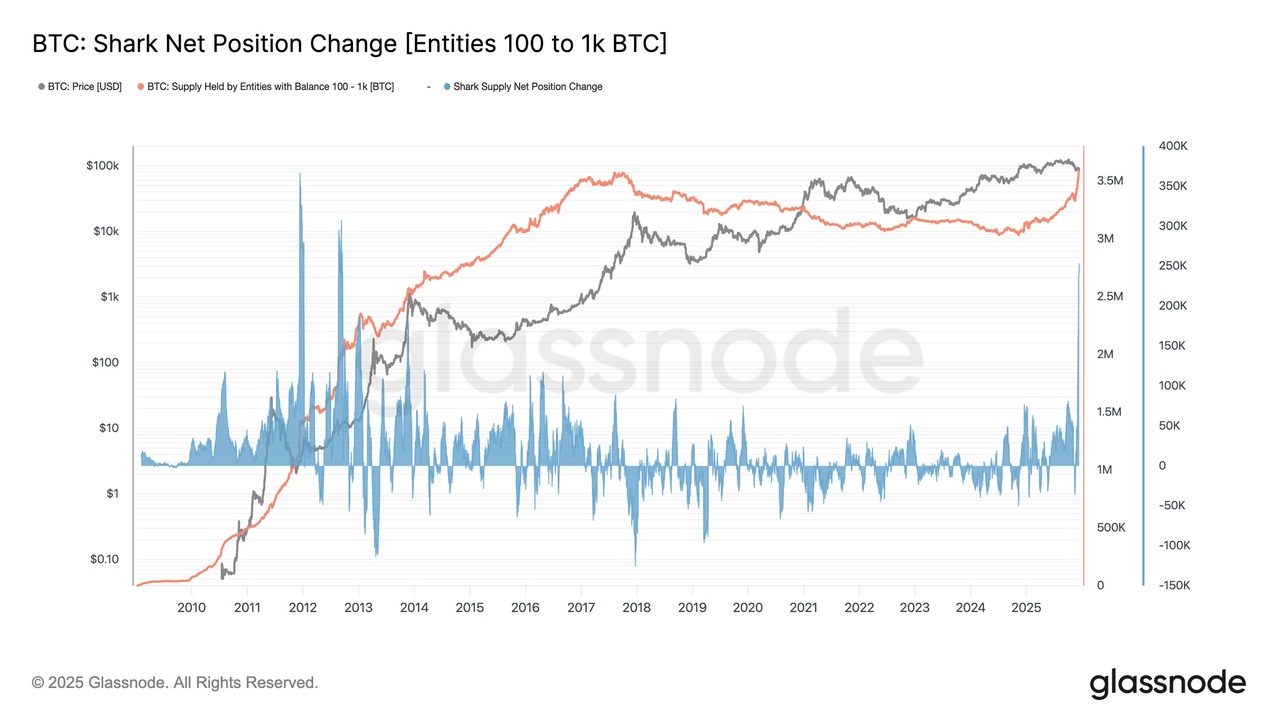The mid-week session is defined by an aggressive shift from overextended Tech into Financials and Aerospace.
🌍 THE MACRO SHOCK: TRUMP’S VENEZUELA BLOCKADE
The biggest geopolitical mover today is the U.S. naval blockade of sanctioned oil tankers into Venezuela.
The Impact: Crude prices spiked >1% instantly. This is providing a massive tailwind for energy and commodity-linked sectors.
The Shift: This "geopolitical premium" is forcing capital into hard assets. Silver just hit a record high above $66, with Gold following. 🛢️🔥🥈
🇪🇺 EUROPE: INFLATION COLLAPSE & CENTRAL BANK FEVER
EU indices are ripping because UK CPI fell sharper than expected this morning (3.2% vs 3.4% exp).
The Reaction: A shockwave through the bond market. Traders are now pricing in a near-certain Bank of England (BoE) rate cut tomorrow.
The "Trifecta": We are in a "relief rally" ahead of tomorrow’s massive data dump: ECB, BoE, and U.S. CPI. Markets are front-running a Dovish pivot from Lagarde. 🏦📉
🏦 THE ITALIAN BANKING RALLY
$$BPE (+2,41%) (+2.1%) | $ISP (+1,06%) (+1.8%) | $UCG (-0,74%) (+1.7%)
The Driver: Resilience in Net Interest Margins (NIM) as the ECB easing cycle appears slower than feared.
The Catalyst: Massive shareholder distribution. $UCG (-0,74%) and $ISP (+1,06%) are acting as "cash machines," using buybacks to floor the price against any macro noise.
⚙️ AEROSPACE & DEFENSE MOMENTUM
$$RR. (+2,77%) (+1.75%) | $LDO (+3,52%) (+1.4%) | $RKLB (+11,66%) (+1.3%)
The Driver: Rolls-Royce ($RR.L) just initiated a new £200M interim buyback starting Jan 2, immediately following their £1B 2025 program.
Context: Institutional accumulation in Defense is at peak levels as a structural hedge against 2026 geopolitical uncertainty.
📦 RETAIL & CLOUD RESILIENCE
$AMZN (+2,53%) (+1.19%)
The Driver: Wall Street is digesting the delayed Non-Farm Payrolls (64k added, but unemployment at 2021 highs).
The Sentiment: "Bad news is good news." A weakening labor market gives the Fed more ammo to cut. $AMZN (+2,53%) is catching the bid as BMO Capital hikes PT to $304, citing AWS cloud acceleration. 📊💼
⚠️ SECTOR ROTATION: THE "AI BUBBLE" PAUSE
$NVDA (+1,99%) (-0.25%) | $BTC (-0,13%) (~$86.7k) | $TRX (-0,01%) (-0.4%)
The Analysis: Pure profit-taking. Capital is bleeding out of high-beta Tech and Crypto to fund the rally in "Value" equities (Banks/Industrials).
The Risk: If $NVDA (+1,99%) loses its 20-day EMA at the US open, expect a broader drag on the Nasdaq. 🏛️➡️💻


